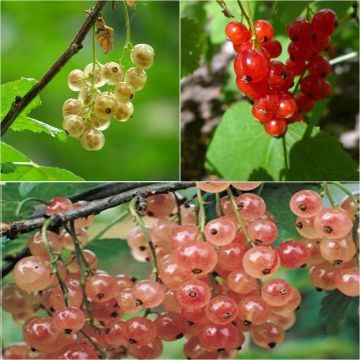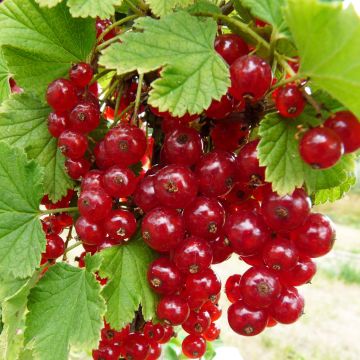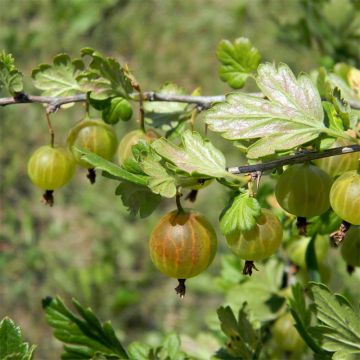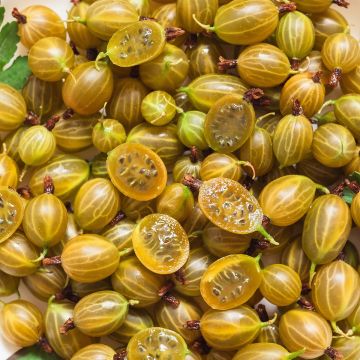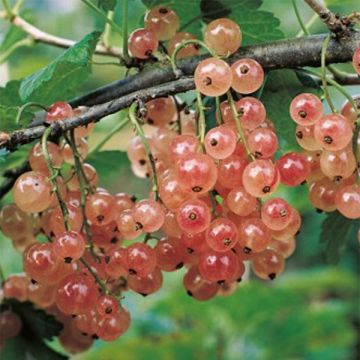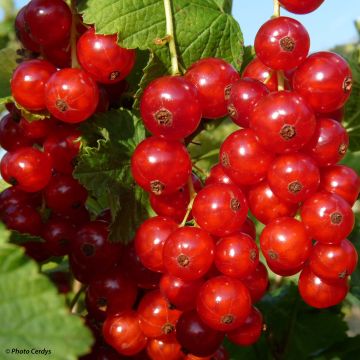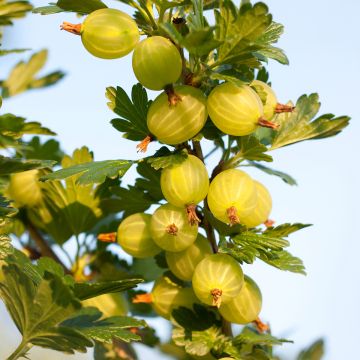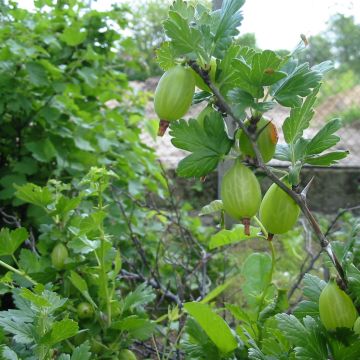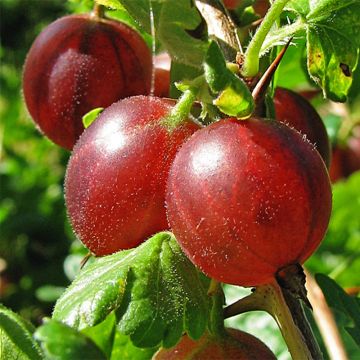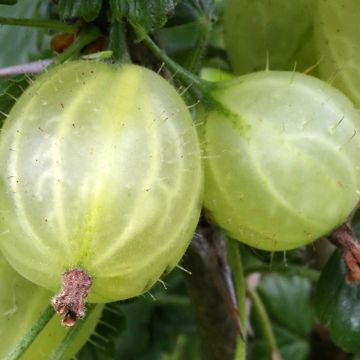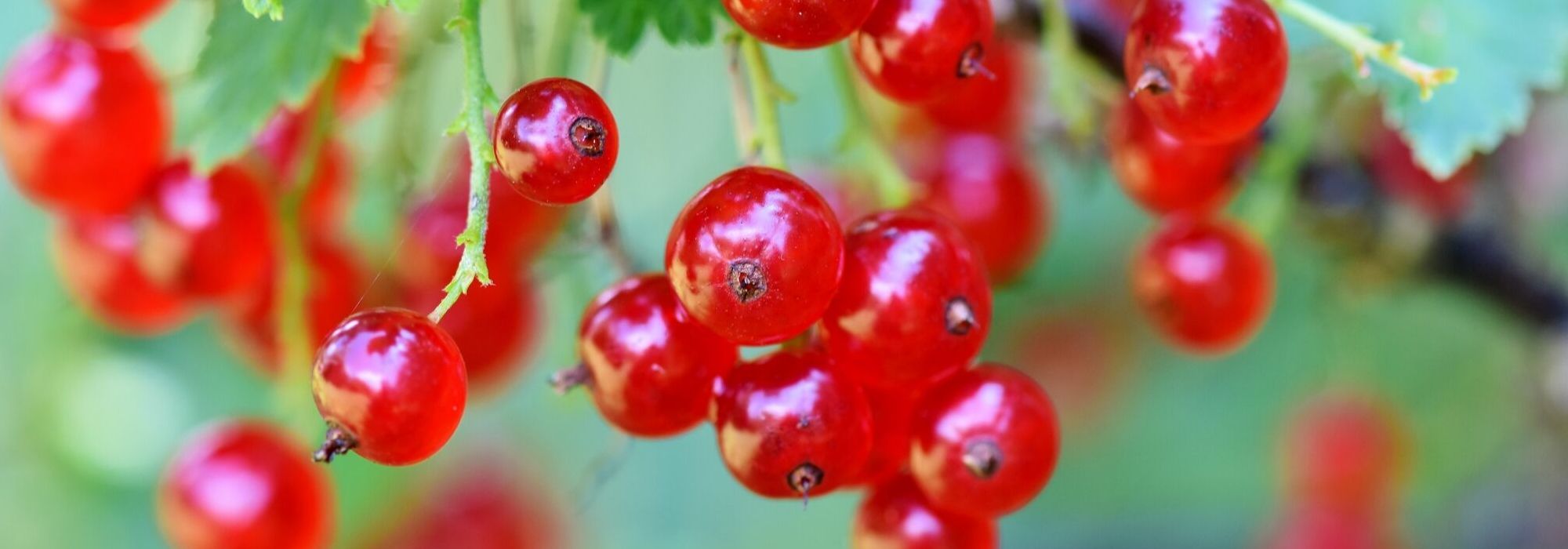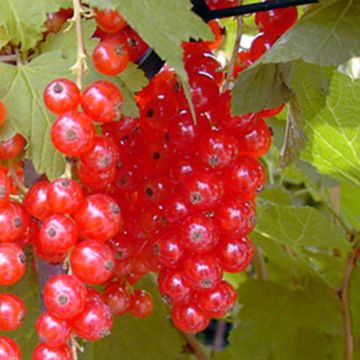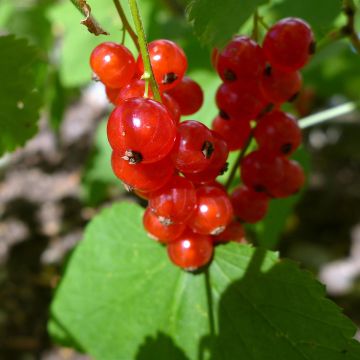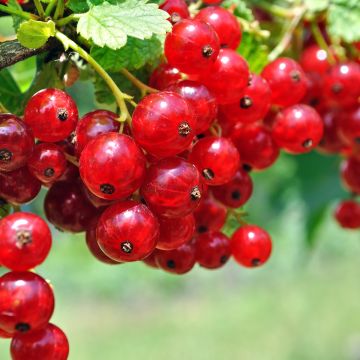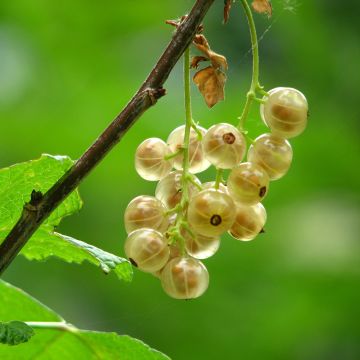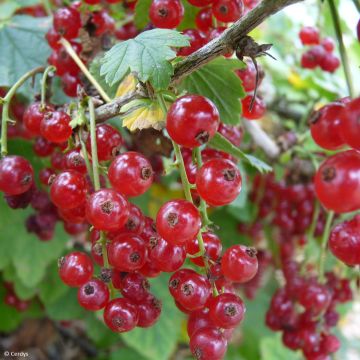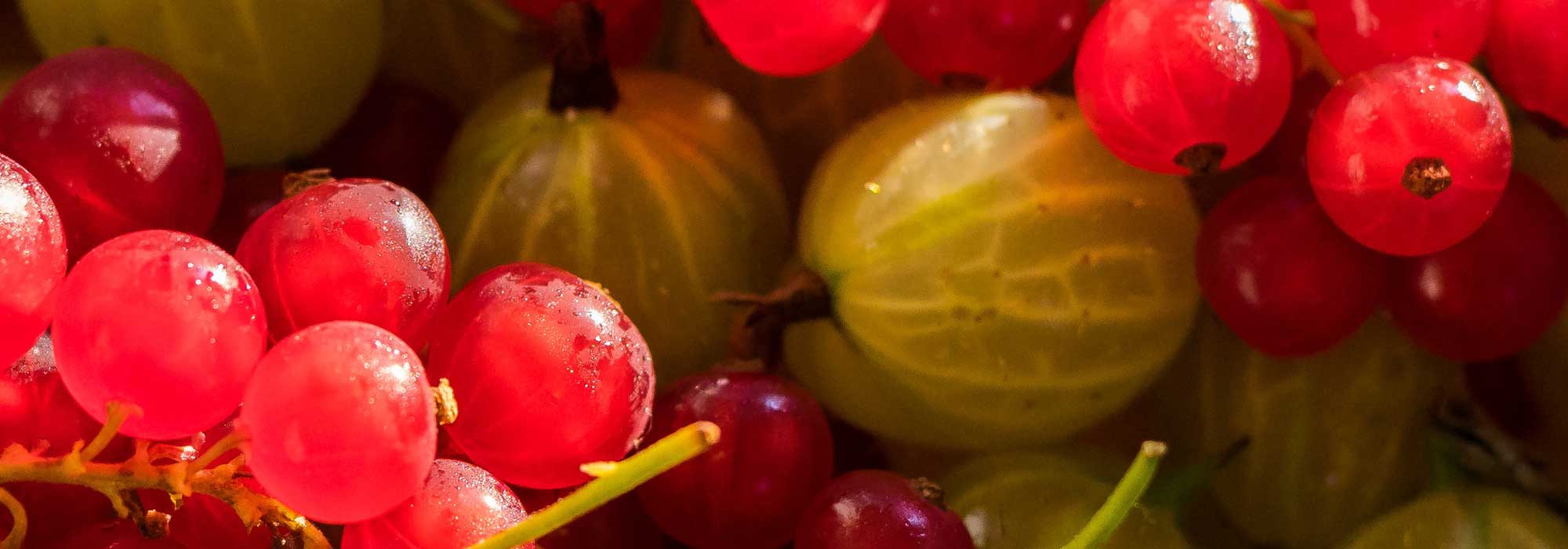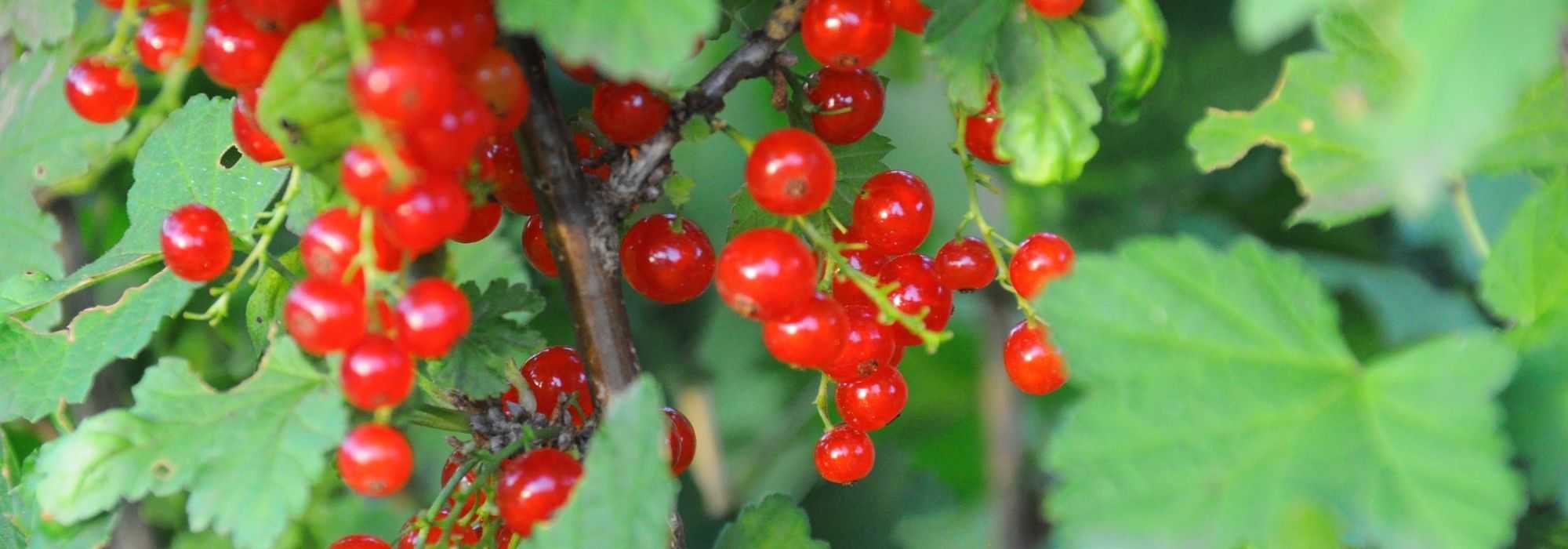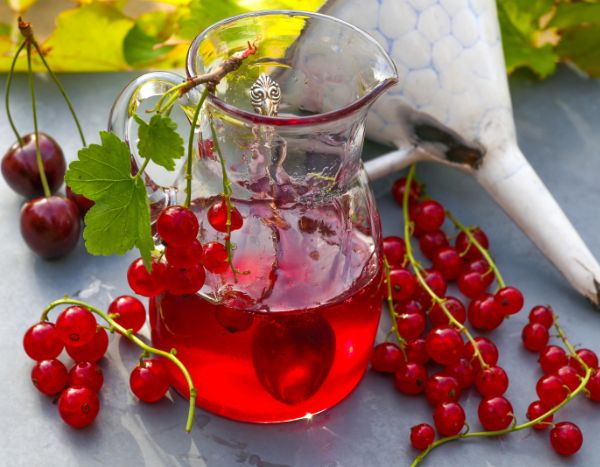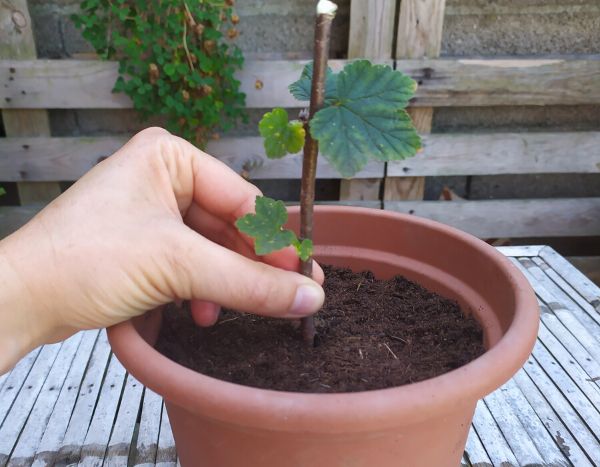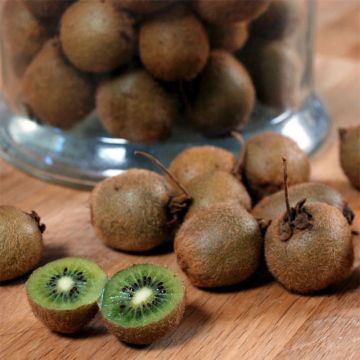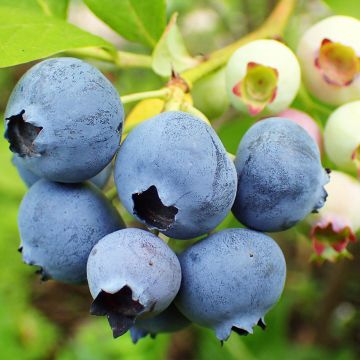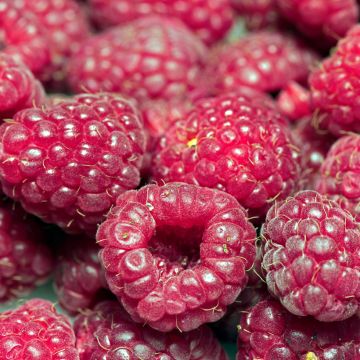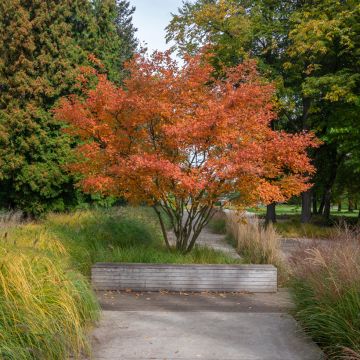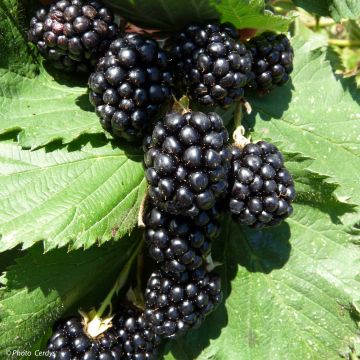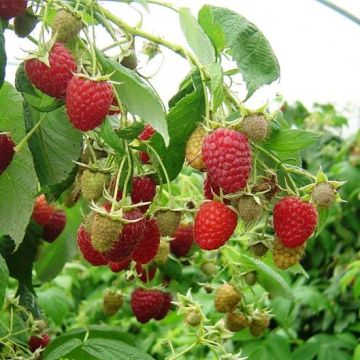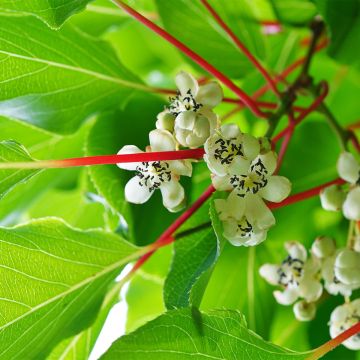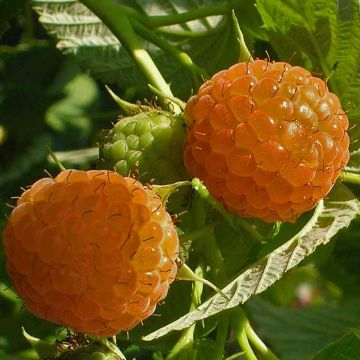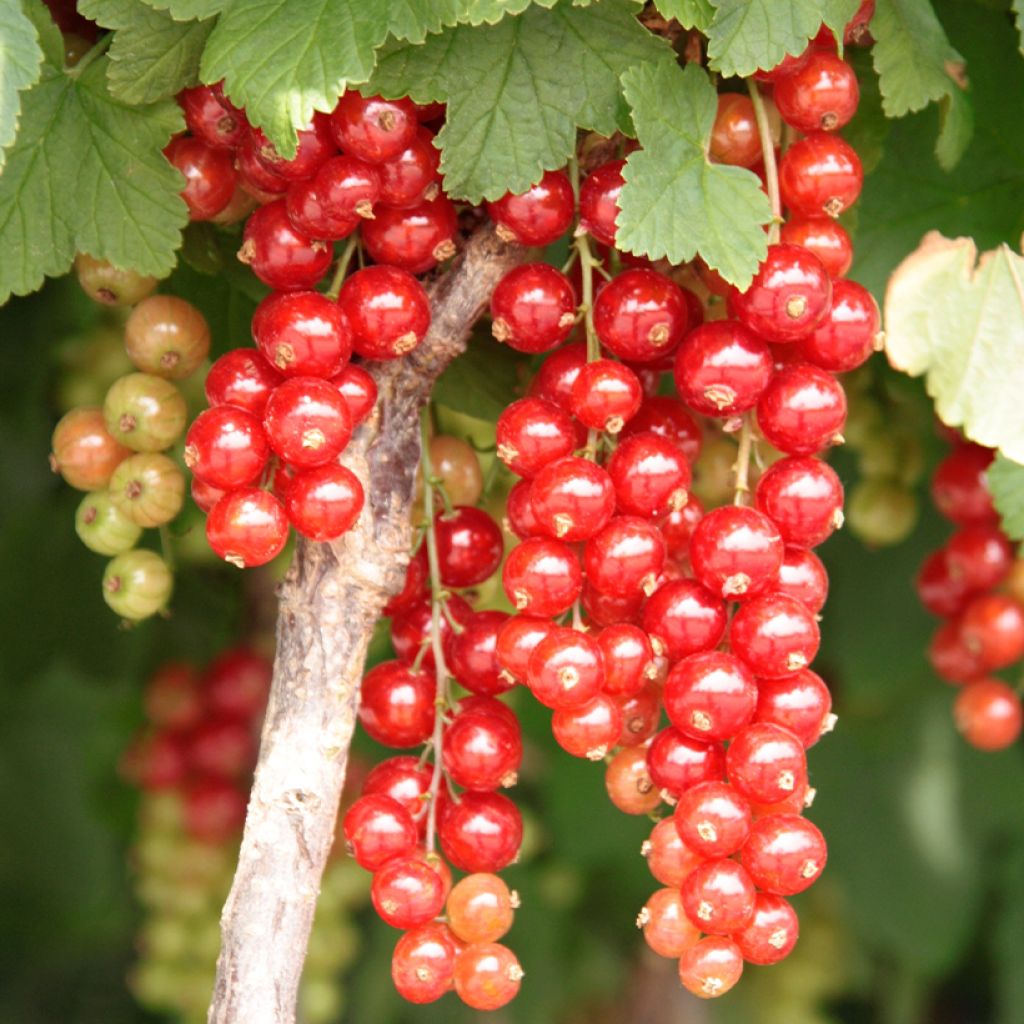

Redcurrant Jonkheer van Tets - Ribes rubrum
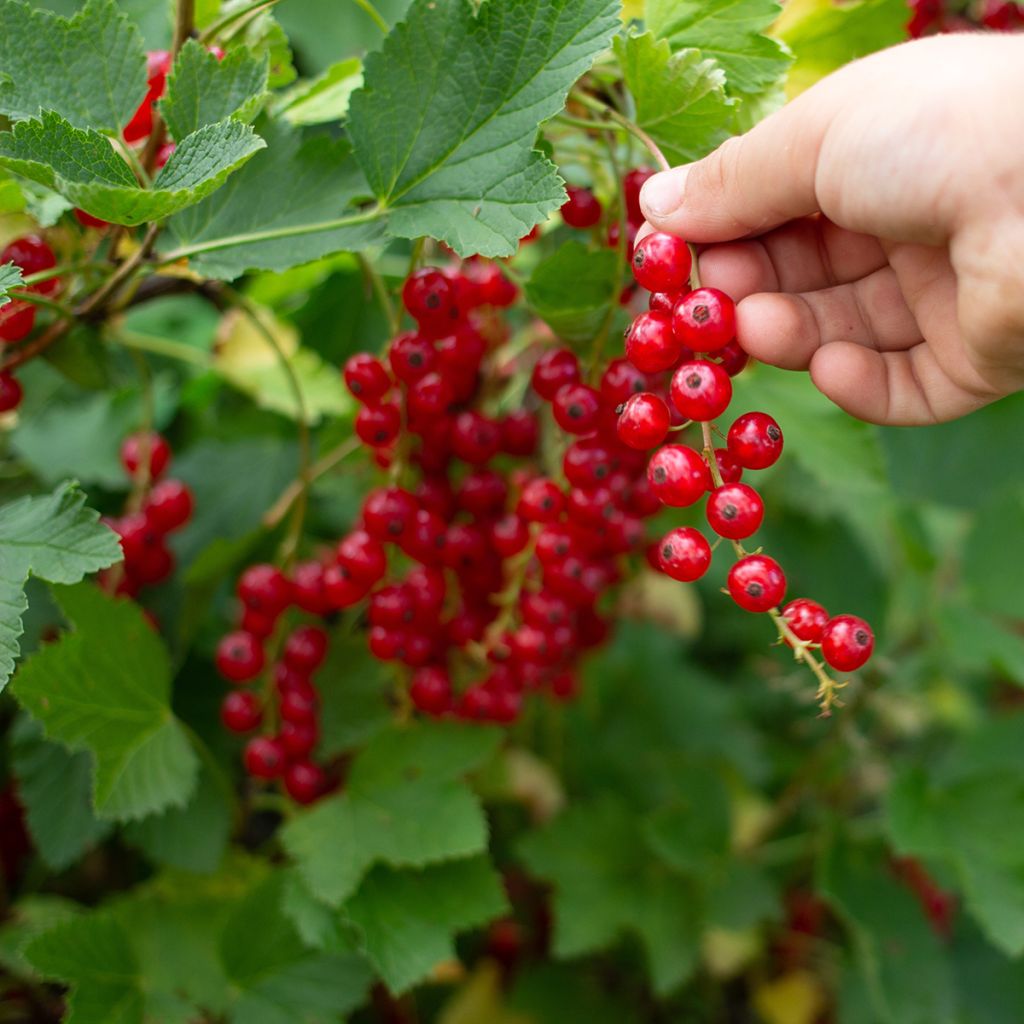

Redcurrant Jonkheer van Tets - Ribes rubrum
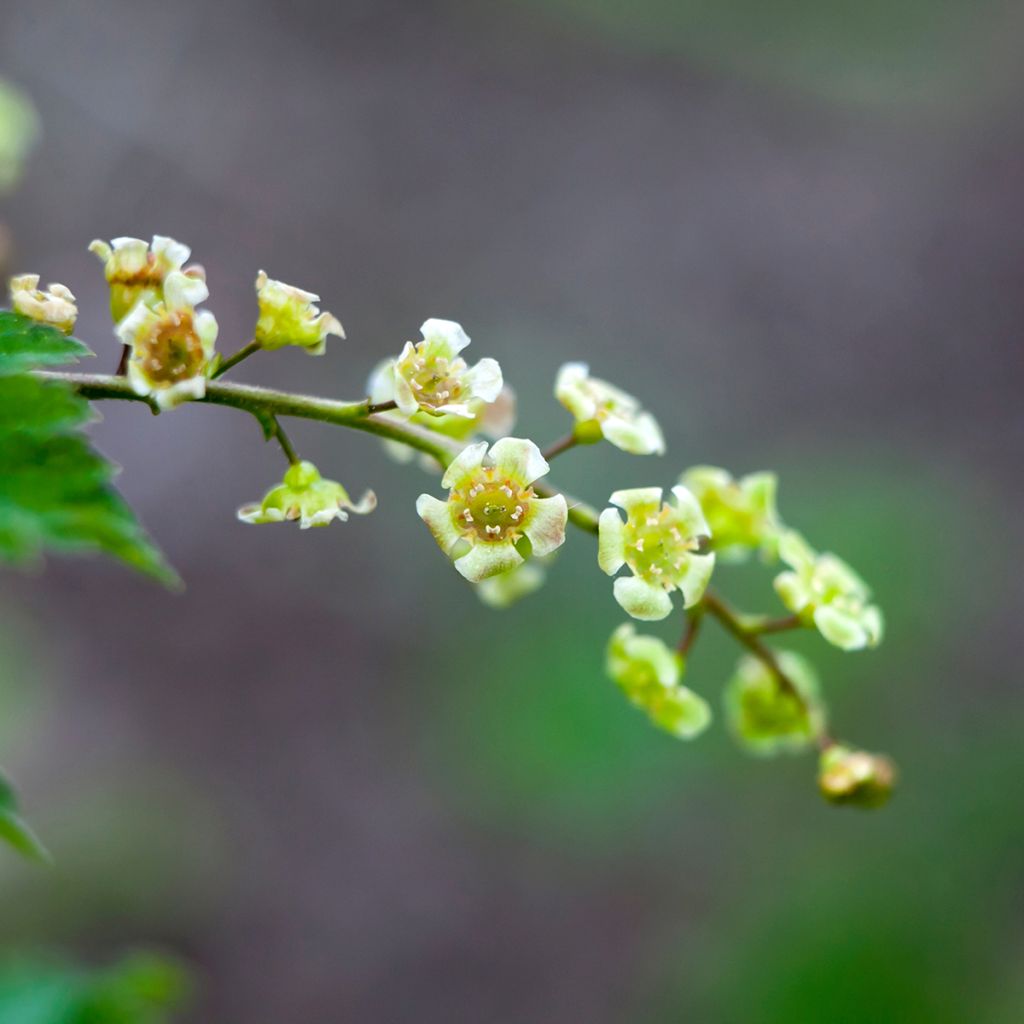

Redcurrant Jonkheer van Tets - Ribes rubrum
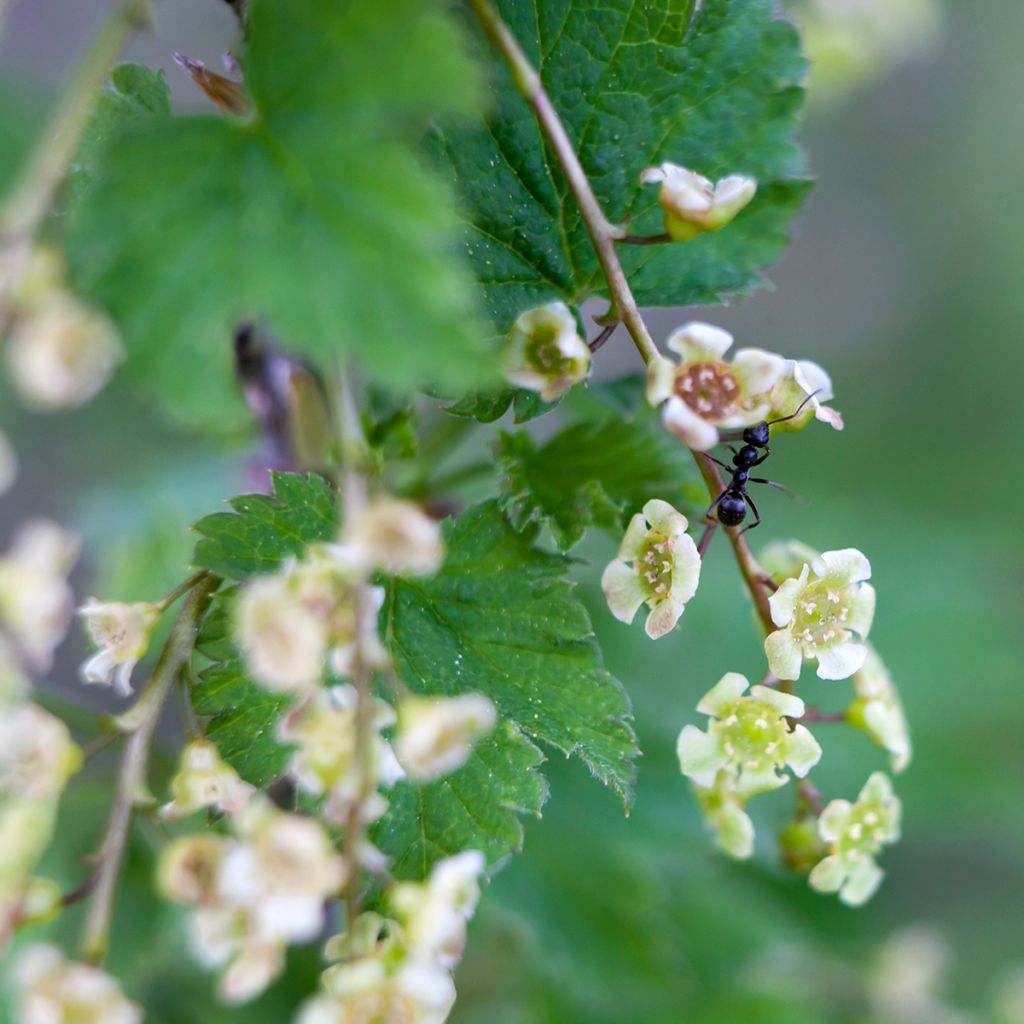

Redcurrant Jonkheer van Tets - Ribes rubrum
Redcurrant Jonkheer van Tets - Ribes rubrum
Ribes rubrum Jonkheer van Tets
Redcurrant, Red Currant
Special offer!
Receive a €20 voucher for any order over €90 (excluding delivery costs, credit notes, and plastic-free options)!
1- Add your favorite plants to your cart.
2- Once you have reached €90, confirm your order (you can even choose the delivery date!).
3- As soon as your order is shipped, you will receive an email containing your voucher code, valid for 3 months (90 days).
Your voucher is unique and can only be used once, for any order with a minimum value of €20, excluding delivery costs.
Can be combined with other current offers, non-divisible and non-refundable.
Why not try an alternative variety in stock?
View all →This plant carries a 6 months recovery warranty
More information
We guarantee the quality of our plants for a full growing cycle, and will replace at our expense any plant that fails to recover under normal climatic and planting conditions.
Description
The Jonkheer Van Tets Redcurrant is a hardy variety resistant to cold weather, with vigorous growth and an upright habit, reaching approximately 1.5m in height. It blooms in April with small, pale yellow flowers that are almost invisible. This early variety produces a generous crop of large, red currants, with translucent, fragrant pulp and a sweet, slightly acidic flavour from late June to early July. These small fruits are rich in pectin, a gelling plant substance, making them ideal for making delicious jellies. It is a productive and disease-resistant, easy-to-grow variety that thrives in non-scorching sun and well-drained, even poor soil. Plant from October to March for a harvest in late June and early July.
The Redcurrant, known as Ribes rubrum in Latin, is sometimes also called Gadelle or Raisinet. It belongs to the Grossulariaceae family, like the Gooseberry, from which it differs by having its fruits grouped in clusters. Its origins in temperate regions of the northern hemisphere and the Andes Mountains give the Redcurrant excellent cold resistance. It has been cultivated for a long time and historically, in the 14th century, it was mainly used as a medicinal plant, with apothecaries and healers attributing powerful properties to it (fever-reducing, digestive, laxative, diuretic, and purifying). In the 15th and 16th centuries, the currant appeared in French gardens. Then, in the 18th century, the Danes and the Dutch intensified currant cultivation and spread it worldwide.
Ribes rubrum 'Jonkheer Van Tets' is a variety obtained by Jurie Maarse, a horticulturist from Schellinkhout in the Netherlands, in 1941. Despite the emergence of more recent varieties, it remains very popular in Europe, especially in countries with harsh and long winters. It forms a bushy, thornless shrub with a tufted habit of slightly stiff, sparsely branched shoots, with soft wood and abundant pith. This very hardy bush reaches a height of 1.50m with a spread of 1.20m. The fragrant foliage is deciduous, composed of palmate, lobed, and aromatic medium-green leaves. Flowering occurs in April, with clusters of insignificant greenish-to-brownish flowers that are loved by bees. Fruiting mainly occurs on one- and two-year-old shoots. Early in the season, it produces a high quantity of clusters, composed of numerous small round and translucent berries. At maturity, the currants are bright, shiny, and vibrant red, filled with juicy, fragrant, sweet, and slightly acidic flesh, containing tiny seeds.
The Jonkheer Van Tets Redcurrant is self-fertile, so it does not require a companion plant to bear fruit, but having another variety nearby will increase the yield. Harvesting can be done gradually as the fruits ripen, and is made easier by the length of the clusters. A currant bush produces approximately 2 to 4 kg of fruit per plant, depending on the age and growing conditions. All currant varieties are rich in vitamin C, antioxidants, minerals and trace elements, as well as potassium, calcium, and phosphorus, making them valuable for health. They are also among the least calorie-dense small fruits (50 kcal per 100g). Rich in nutrients, they are delicious when eaten fresh, and for added indulgence, they can be sprinkled with a little granulated sugar. Excellent for jellies or jams, they can also be used to garnish pies and make cakes. They are perfect for making sorbets or ice creams, accompanying red meats, or adding a nice touch to salads.
In the summer, this currant bush, with its long pendulous clusters resembling a string of pearls, will bring pleasure and enchantment. You can associate it with Blackcurrants, Raspberries, or other small fruit varieties to create a delicious hedge, which it will enhance with its multiple culinary advantages. As with any planting, it is important in a currant plantation, to alternate species and varieties where possible. This limits the risk of diseases and promotes pollination, even if the variety is self-fertile. It can be grown in a pot, but you should choose a container at least 40cm tall and ensure regular watering with non-alkaline water.
Redcurrant Jonkheer van Tets - Ribes rubrum in pictures




Plant habit
Fruit
Flowering
Foliage
Botanical data
Ribes
rubrum
Jonkheer van Tets
Grossulariaceae
Redcurrant, Red Currant
Cultivar or hybrid
Other Redcurrant bush
View all →Planting and care
Plant the Redcurrant from October to March, avoiding periods that are too cold or too wet. It appreciates ordinary soils, even poor ones, without too much limestone. The Currant thrives in well-drained, moist soil, but not constantly wet. The Currant dreads heat and drought, so plant it in the sun in northern regions north or in partial shade in the south. Choose a location sheltered from strong winds.
When planting, space the plants 1.20m apart in all directions. For bare-root plants, soak the roots in pralin to prevent air pockets from forming between the roots and the soil. You can either prepare the pralin by mixing 1/3 very fine soil or compost, 1/3 cow manure or compost, and 1/3 rainwater, or buy it commercially. Dig a hole, incorporate decomposed manure or mature compost into the soil, place the plant, and cover it with soil. Water generously. Then mulch the soil to keep it moist in summer.
For pot cultivation: in a mixture of potting soil and topsoil, creating a drainage layer at the bottom of the perforated pot. Feed your Redcurrant bush with compost or fertiliser for small fruits and water regularly to keep the substrate slightly moist, but not waterlogged.
An application of organic fertiliser at the start of vegetation will support fruit production and plant health. It is an accommodating bush, not very susceptible to diseases. It has a few enemies, such as aphids, which can be eliminated by spraying with soapy water or a garlic decoction. In case of powdery mildew attack, spray with Bordeaux mixture. In June-July, protect the harvest with nets to protect against birds. To get rid of raspberry worms, which are sometimes also present on currants, you can sow forget-me-nots along the plantation; they are reputed to drive them away.
In a currant bed, as in any bed, it is important to alternate varieties and species, when space allows: pollination will be favoured, and the spread of epidemics or diseases will be limited.
Planting period
Intended location
Care
Planting & care advice
This item has not been reviewed yet - be the first to leave a review about it.
Similar products
Haven't found what you were looking for?
Hardiness is the lowest winter temperature a plant can endure without suffering serious damage or even dying. However, hardiness is affected by location (a sheltered area, such as a patio), protection (winter cover) and soil type (hardiness is improved by well-drained soil).

Photo Sharing Terms & Conditions
In order to encourage gardeners to interact and share their experiences, Promesse de fleurs offers various media enabling content to be uploaded onto its Site - in particular via the ‘Photo sharing’ module.
The User agrees to refrain from:
- Posting any content that is illegal, prejudicial, insulting, racist, inciteful to hatred, revisionist, contrary to public decency, that infringes on privacy or on the privacy rights of third parties, in particular the publicity rights of persons and goods, intellectual property rights, or the right to privacy.
- Submitting content on behalf of a third party;
- Impersonate the identity of a third party and/or publish any personal information about a third party;
In general, the User undertakes to refrain from any unethical behaviour.
All Content (in particular text, comments, files, images, photos, videos, creative works, etc.), which may be subject to property or intellectual property rights, image or other private rights, shall remain the property of the User, subject to the limited rights granted by the terms of the licence granted by Promesse de fleurs as stated below. Users are at liberty to publish or not to publish such Content on the Site, notably via the ‘Photo Sharing’ facility, and accept that this Content shall be made public and freely accessible, notably on the Internet.
Users further acknowledge, undertake to have ,and guarantee that they hold all necessary rights and permissions to publish such material on the Site, in particular with regard to the legislation in force pertaining to any privacy, property, intellectual property, image, or contractual rights, or rights of any other nature. By publishing such Content on the Site, Users acknowledge accepting full liability as publishers of the Content within the meaning of the law, and grant Promesse de fleurs, free of charge, an inclusive, worldwide licence for the said Content for the entire duration of its publication, including all reproduction, representation, up/downloading, displaying, performing, transmission, and storage rights.
Users also grant permission for their name to be linked to the Content and accept that this link may not always be made available.
By engaging in posting material, Users consent to their Content becoming automatically accessible on the Internet, in particular on other sites and/or blogs and/or web pages of the Promesse de fleurs site, including in particular social pages and the Promesse de fleurs catalogue.
Users may secure the removal of entrusted content free of charge by issuing a simple request via our contact form.
The flowering period indicated on our website applies to countries and regions located in USDA zone 8 (France, the United Kingdom, Ireland, the Netherlands, etc.)
It will vary according to where you live:
- In zones 9 to 10 (Italy, Spain, Greece, etc.), flowering will occur about 2 to 4 weeks earlier.
- In zones 6 to 7 (Germany, Poland, Slovenia, and lower mountainous regions), flowering will be delayed by 2 to 3 weeks.
- In zone 5 (Central Europe, Scandinavia), blooming will be delayed by 3 to 5 weeks.
In temperate climates, pruning of spring-flowering shrubs (forsythia, spireas, etc.) should be done just after flowering.
Pruning of summer-flowering shrubs (Indian Lilac, Perovskia, etc.) can be done in winter or spring.
In cold regions as well as with frost-sensitive plants, avoid pruning too early when severe frosts may still occur.
The planting period indicated on our website applies to countries and regions located in USDA zone 8 (France, United Kingdom, Ireland, Netherlands).
It will vary according to where you live:
- In Mediterranean zones (Marseille, Madrid, Milan, etc.), autumn and winter are the best planting periods.
- In continental zones (Strasbourg, Munich, Vienna, etc.), delay planting by 2 to 3 weeks in spring and bring it forward by 2 to 4 weeks in autumn.
- In mountainous regions (the Alps, Pyrenees, Carpathians, etc.), it is best to plant in late spring (May-June) or late summer (August-September).
The harvesting period indicated on our website applies to countries and regions in USDA zone 8 (France, England, Ireland, the Netherlands).
In colder areas (Scandinavia, Poland, Austria...) fruit and vegetable harvests are likely to be delayed by 3-4 weeks.
In warmer areas (Italy, Spain, Greece, etc.), harvesting will probably take place earlier, depending on weather conditions.
The sowing periods indicated on our website apply to countries and regions within USDA Zone 8 (France, UK, Ireland, Netherlands).
In colder areas (Scandinavia, Poland, Austria...), delay any outdoor sowing by 3-4 weeks, or sow under glass.
In warmer climes (Italy, Spain, Greece, etc.), bring outdoor sowing forward by a few weeks.






























